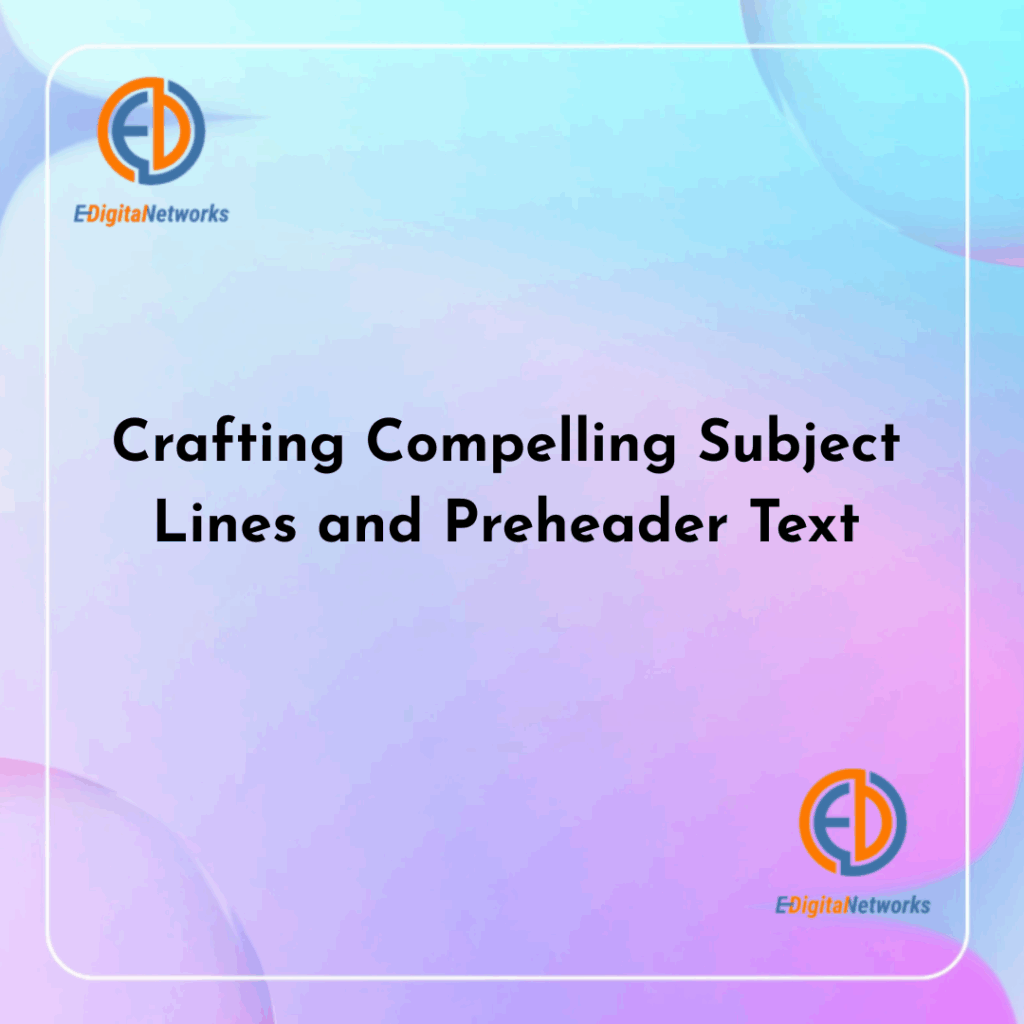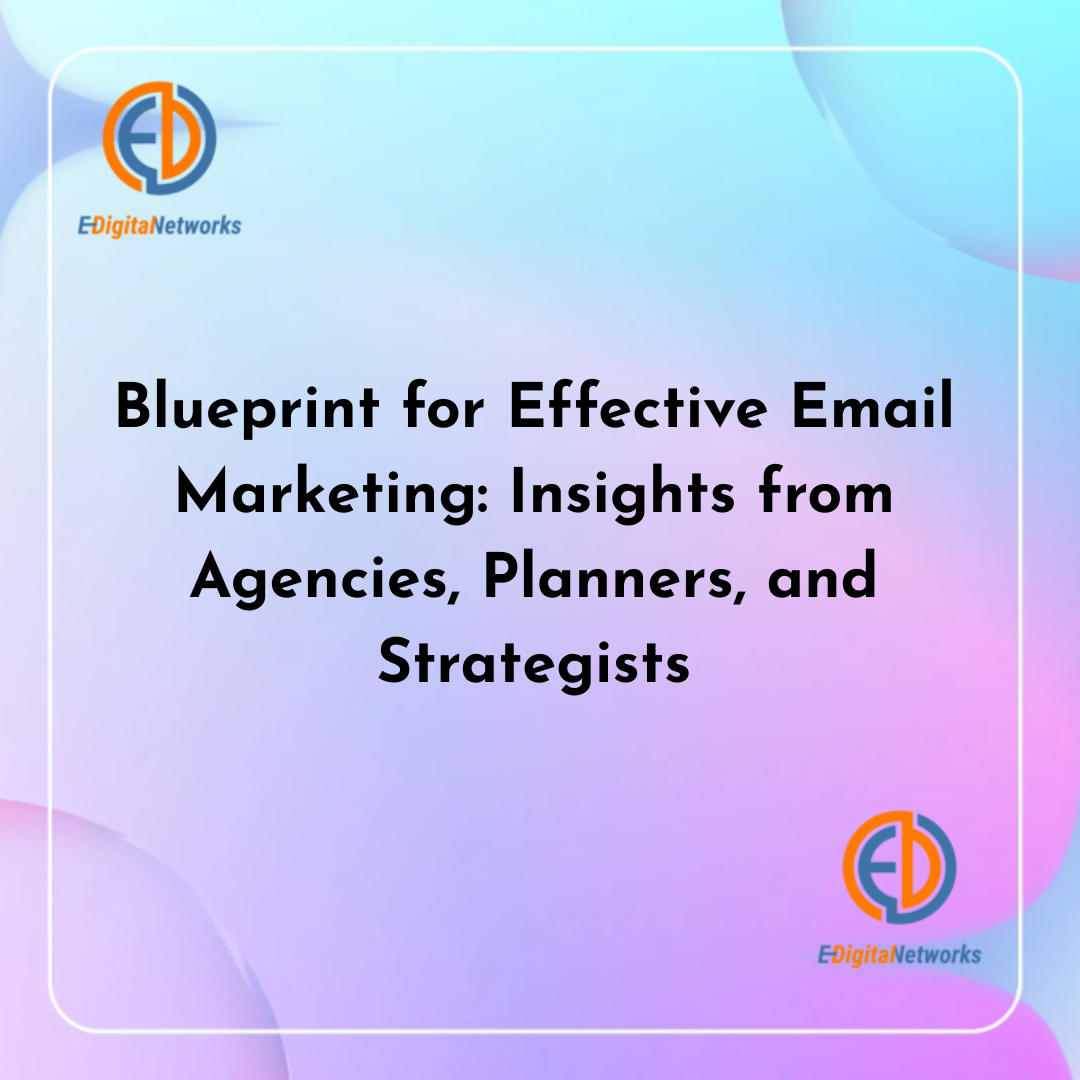It takes more than simply clicking send on a boilerplate email to establish real connections with your readers in today’s digital environment. Careful planning, innovative thinking, and data-driven strategies are necessary for a campaign to be effective. Understanding the functions of an email marketing agency, email planner, and email strategist may help you turn your outreach from sporadic to consistently engaging and profitable, regardless of your company’s size.
Many businesses begin by creating a short template or turning blog entries into universally applicable messaging, only to see unsatisfactory click-through rates and open rates. The secret is to combine the analytical mindset of a strategist who identifies the best segments and optimization opportunities, the operational expertise of a committed planner who organizes the timeline and content calendar, and the executional excellence of an agency that sends polished, brand-aligned creatives to inboxes across the globe.
This article will cover the essential stages of creating effective email campaigns, provide examples of industry-tested best practices, and offer practical advice that you can use right now, regardless of the size of your marketing budget. Each chapter will provide you with the skills you need to improve your next campaign, from post-send analysis and testing techniques to audience segmentation and message tailoring.
After completing this in-depth analysis, you will have a clear plan for working with experts in various areas of email marketing. You’ll learn how to take advantage of a strategist’s proficiency in conversion strategies, when to use a planner’s organizational abilities, and why working with a seasoned agency may enhance the voice of your brand. Let’s go out on this path to long-term subscriber loyalty and inbox mastery.
Defining Your Objectives: Aligning Email Goals with Business Outcomes
Every email campaign starts with a well-defined goal. Clearly define quantifiable goals that clearly relate to your main corporate objectives before deciding on a layout or initial subject line.
Are your priorities in increasing product sales, developing long-term prospects, or waking up inactive members? Setting exact benchmarks—such as income per email, subscriber increase rate, or engagement percentage—ensures that every bit of material supports your performance. Working with important stakeholders on a goal sheet will help you to keep alignment and responsibility throughout the campaign, therefore opening the path for regular assessment and constant development.
Building Accurate Subscriber Profiles for Personalized Outreach
Mass emailing without personalizing is like yelling in a packed room—your message could be heard, but it won’t really connect.
Start building real relationships by adding demographic, behavioral, and transactional data to your email list. Sort members according to buying patterns, browsing habits, and frequency of interaction to provide materials that seem specifically tailored. Including dynamic fields—such as first names or prior purchase references—into your templates will increase open rates by up to thirty percent. Speaking specifically to the requirements and interests of a receiver will help each email to become a customized touchpoint, fostering loyalty and motivating action.

Crafting Compelling Subject Lines and Preheader Text
The gatekeepers to your communication are your pre-header and subject line. If an email never gets opened, even the most exquisitely crafted ones fail. Without using spamming techniques, good subject lines are succinct, straightforward, and inspire interest or urgency.
Try for six to ten words, then test variants with questions, figures, or personalizing tokens. Think of these as your second headline; preheaders that offer background will complement them. Through open-rate differential analysis and A/B testing various combinations, you will find which messaging angles best appeal to your audience, hence increasing engagement.
Designing Mobile-First, Accessible Email Templates
Since almost half of all emails are opened on mobile devices, responsive design is non-negotiable. Readability is top priority in mobile-first designs; single-column layouts, readable font sizes, and tappable buttons provide a smooth experience independent of screen size.
Furthermore, allowing users utilizing assistive technology to consume your material without restrictions is are accessibility issue that includes alt text for photos, enough color contrast, and clear hierarchy. Working with designers knowledgeable in email HTML and CSS quirks can help you avoid rendering problems on many email clients and provide a consistent brand experience.
Establishing a Content Calendar to Maintain Consistency
Consistency creates familiarity and trust. A well-organized content calendar lists send dates, topics, major marketing events, and synchronized content assets. For government teams, this calendar acts as a checkpoint and a road map for designers.
It helps to avoid last-minute scrambles, lessens content overlap, and lets time for careful review cycles. Plotting seasonal campaigns, product introductions, and community-based tales well in advance guarantees that each email contributes effectively inside your larger marketing ecosystem, thereby reinforcing messaging across social media, blogs, and paid channels.
Implementing Automation Workflows for Timely Engagement
Automation preserves relevance while opening scalability. Welcome series takes new subscribers through a warm-up process, cart abandonment systems reclaim possible income, and re-engagement programs revive dormant customers. Every automated touchpoint should be built with specific triggers and well-defined goals.
Plotting these paths with decision splits depending on recipient behavior guarantees that subscribers get the appropriate material at the appropriate time. Using the workflow features of your email platform helps you to minimize manual work and provide consistently behaviorally tailored experiences that feel both relevant and valuable.

Leveraging Data Analytics to Refine Campaign Performance
Your email approach’s compass is data. Explore revenue attribution, heat maps, and subscriber lifetime value computations beyond simple open and click measures. Apply these observations to spot content preferences, peak transmit times, and high-performance categories. Whether that means reallocating funds to triggered emails or trying new content forms, routinely scheduled performance reviews—monthly or quarterly—should guide strategic pivots.
Encouragement of a culture of constant optimization helps you to go from reactive changes to proactive innovation, thereby maintaining the direction of improvement of your campaign.
A/B Testing: Experimentation for Continuous Improvement
Experiments provide the road map to maximum performance. A/B testing many elements—subject lines, call-to-action location, images, or send times—yields empirical insights regarding what resonates.
Design tests rigorously; set statistical significance levels, isolate one variable per test, and execute studies on suitably big samples for dependable results. Record the assumptions and results of every test to create a knowledge bank guiding further projects. These little victories add together over time to produce significant increases in ROI and involvement.
Ensuring Compliance and Deliverability Best Practices
If anything falls into the spam bin, even the most engaging material is useless. Following GDPR, CAN-SPAM, and CASL means keeping clear consent records, including required unsubscribe links, and quickly honoring opt-out requests. Build sender reputation with SPF, DKIM, and DMARC to authenticate your domain.
To find problems early, track delivery rates, bounce rates, and spam-complaint rates. Working with deliverability specialists helps you negotiate mailbox provider rules and keep good inbox placement, essential for ongoing subscriber engagement.
Scaling Your Program: When to Partner with External Experts
Internal resources could run dry as your subscriber base and campaign complexity increase. Whether to manage high-volume sends, complex segmentation, or advanced integrations, bringing in expert partners can help to speed development while maintaining campaign quality.
Sort possible partners according to technical knowledge, industry experience, and cultural fit. Clear service level agreements, open reporting, and cooperative planning meetings guarantee that outside teams operate as seamless extensions of your in-house workforce, therefore enabling you to expand smarter, not merely harder.
Conclusion
Mastery in email marketing calls for a harmonic fusion of strategy, planning, and execution. You’ll build closer subscriber connections and produce real commercial outcomes by setting clear objectives, segmenting audiences for tailored outreach, embracing mobile-first design, and always optimizing using data and testing.
Create a consistent content calendar, use automation to keep current, and give deliverability compliance top priority if you want to keep trust. Well-chosen alliances can increase your reach without compromising quality when your application develops beyond internal bandwidth. Having this plan in hand can help you turn your email campaigns into a profitable, effective engine, keeping members happy and involved.

